In the first Expert Exchange webinar we talk about net-zero (and beyond) energy use in our buildings—why achieving it is important and some strategies for getting there. This topic is garnering a lot of attention as electric grid infrastructure is disrupted by more frequent extreme weather events and the effects of greenhouse gases from fossil-fueled energy demand action. In response, many high-performance home designers and builders advocate for on-site energy production. Having a resilient and renewable power source is critical at this time in human history. Representing a wide range of climate zones, the panelists address the net-zero-energy objective in terms of both new construction and existing buildings. HVAC measures, solar design, battery storage systems, carbon-storing and other alternative building materials, and the need to go all-electric are among the talking points. This far-reaching conversation is both global in scope and granular in detail. Enjoy.
“Solar power is a matter of national security.”—Armando Cobo
Bios
Jacob Deva Racusin is Studio Director and Director of Building Science and Sustainability with New Frameworks Natural Design/Build, offering services in renovation, new construction, consultation, and education. As a builder, consultant, designer, and educator, Jacob is able to merge his passions for ecological stewardship, relationship to place, and social justice. Jacob has authored two books and numerous articles, and regularly instructs on topics of building science and climate impact. An active member of the Carbon Leadership Forum, Jacob is engaged in code and policy development, professional training, and other initiatives supporting the transition to a more just industry.
Armando Cobo is a zero-energy custom home designer, trainer, and building consultant with over 35 years of experience. Armando designs following the guidelines of DOE’s Zero Energy Ready Home program, The Building America Program, Build Green New Mexico, California’s Title 24, National Home Builders Association’s Green Building Program, and LEED for Homes, among others. He’s designed over 500 custom homes, and helps homeowners and builders achieve success with their zero-energy projects. He works all over the country.
Todd Usher built Addison Homes on a solid green foundation. After 10 years in the corporate chemical industry, he discovered his passion for construction while renovating investment property. After searching for construction industry best practices, he discovered several green building standards that provided an outline for the Addison Homes quality system. A lifelong learner, Todd has earned three degrees from Clemson University including a BS in Packaging Science, an MBA, a Masters in Construction Science, and is currently a PhD candidate in Planning, Design & the Built Environment. Todd generously shares his knowledge and experience with others in the industry including Clemson students where he is an adjunct faculty member. He strives to bring high-performance, healthy, sustainable, and net-zero construction to the mainstream building industry.
Randy Hafer, cofounder of High Plains Architects, is an architect, developer, and thought leader committed to environmental sustainability, urban revitalization, and historic preservation. Since founding the firm in 1999, High Plains has completed 11 certified historic tax credit projects, 13 LEED Platinum Certified projects, and one Living Building Challenge certified project, Montana’s first. Randy also founded Urban Frontier Development Services, an affiliate of High Plains Architects combining financing tools, capital stack strategies, and design processes to produce local investment opportunities. Randy is currently engaged in redeveloping several historic buildings, bringing new housing and services to vacant historic structures in small Montana communities. Beyond architectural design and development services, Randy provides sustainability consulting for individuals, agencies, larger-scale projects and institutions.
Paul Lukez has been actively engaged in architectural practice, research, and education for 30 years. Before founding Paul Lukez Architecture in 1992, Mr. Lukez worked with nationally and internationally recognized architectural firms such as Skidmore, Owings & Merrill, William Rawn Associates, and Arrowstreet Inc. Mr. Lukez has received over 60 academic and professional honors, and editors of many publications have recognized his work.
_______________________________________________________________________
Kiley Jacques is senior editor at Green Building Advisor. Photo by Aaron Kraft.
Weekly Newsletter
Get building science and energy efficiency advice, plus special offers, in your inbox.

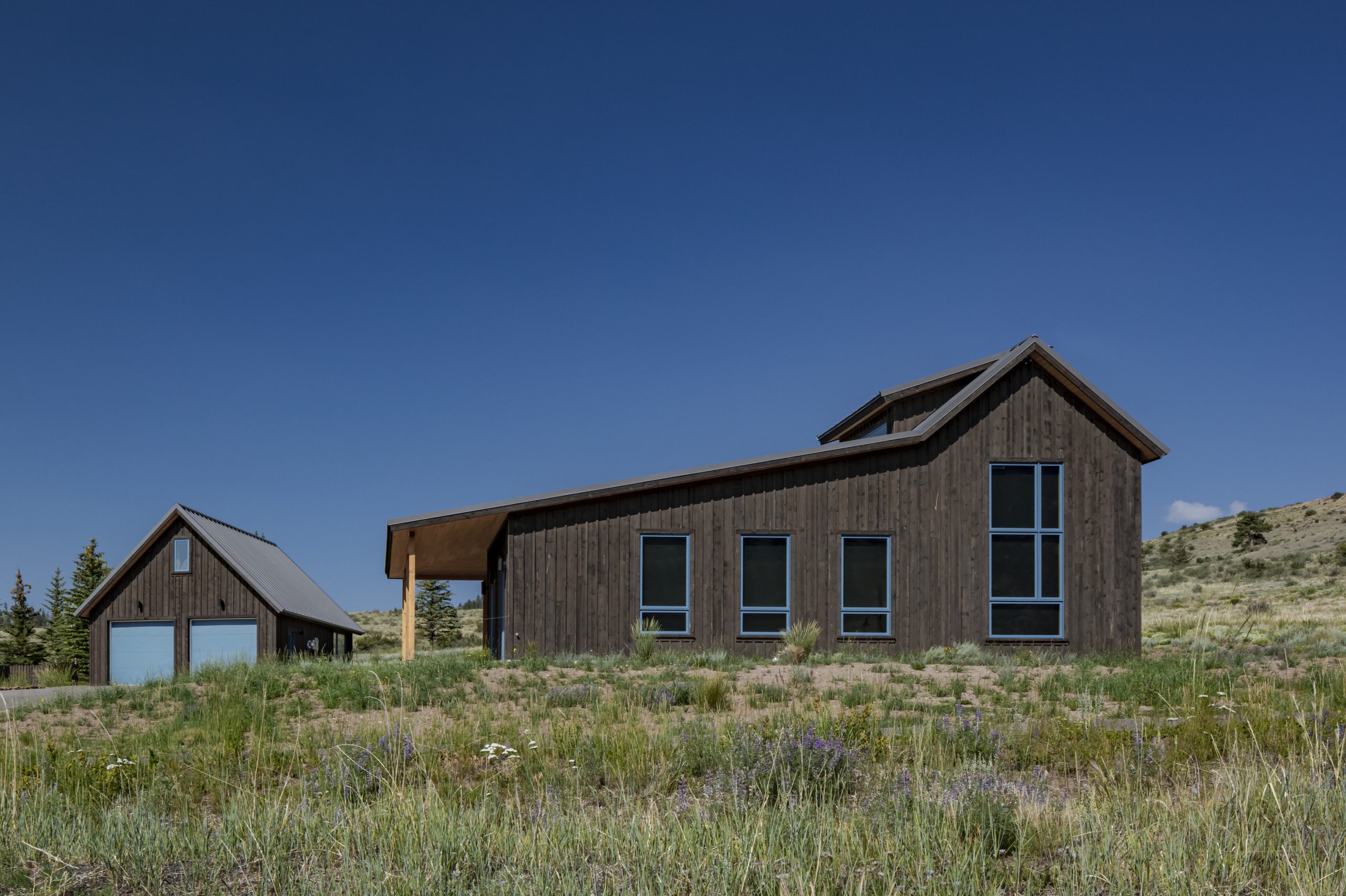

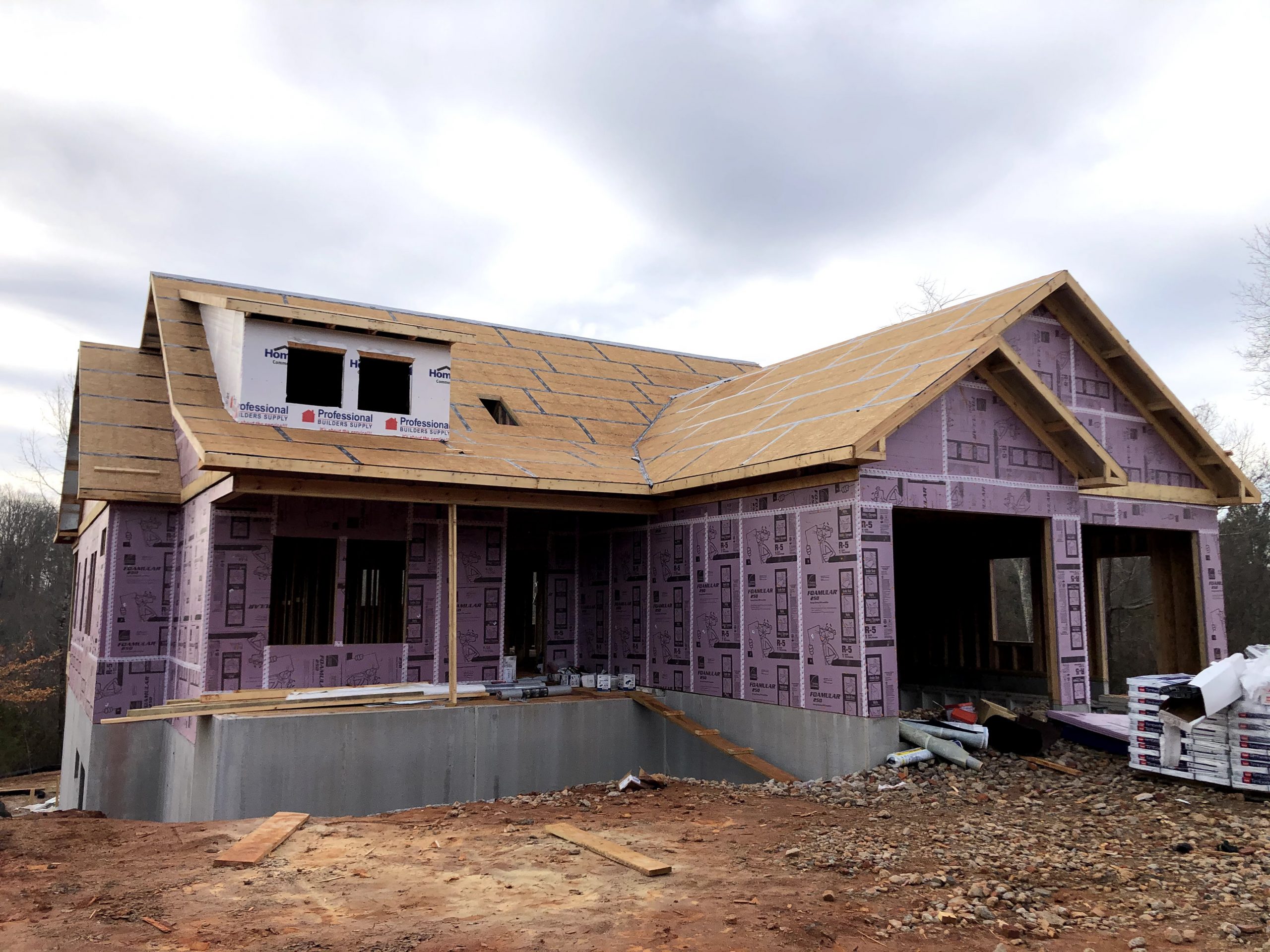
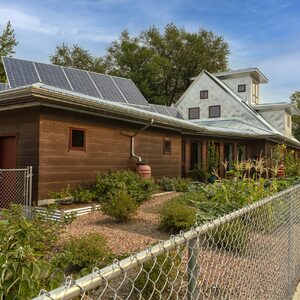

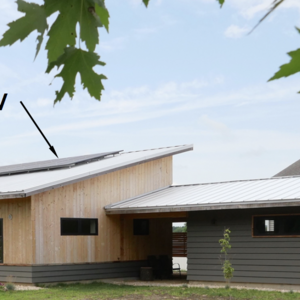
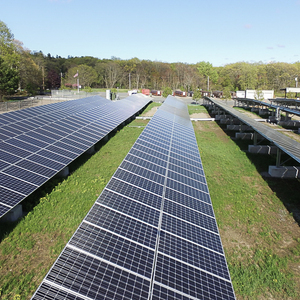







19 Comments
I love these ideas, but I'm not giving up a gas range for an electric cooktop. Everything else is great.
Absolutely, giving up an gas range for electric coil, or worse, electric smooth top, would be a serious step down in cooking performance. But induction is actually better cooking performance than gas: faster, both in terms of getting up to temperature fast and rapidly adjusting the temperature up or down, and in precise control of heat.
Have you actually used an induction cooktop? I can't think of a single metric in which a gas stove beats an induction. Speed, heat control, safety, efficiency, ease of cleaning, not burning your hands when you grab the pot handle, etc. I'm telling you, you don't know what you are missing.
Induction is better in nearly every practical way, but a lot of people are attached to the mystique of an open flame. There are some cooking techniques that are easier on on open flame, like charring a pepper or eggplant, though still possible on induction. Charring on an open flame indoors is of course doubly bad for indoor air quality, but that's a whole other topic.
Furthermore, a lot of marketing has gone into selling and a lot of money has been spent on those big expensive "restaurant style" Viking and Wolf ranges and cooktops. For many people who own those, they are a sort of status symbol, like big gas guzzling luxury SUVs.
There are a couple advantages to gas. One is cookware; gas is not limited to magnetic cookware, which means no more cheap non stick fry pans for me. The second one is availability and features. There are way more gas ranges and cooktops in various sizes and configurations and features than induction. One only needs to look at the Wolf and La Cornue offerings. Loads of gas with a couple of induction models to tick the box that look like Frankenstein put them together as an afterthought.
I don't think these advantages outweigh the benefits of induction, but I guess many still do.
> One is cookware; gas is not limited to magnetic cookware
Technically, induction stoves aren't limited to magnetic cookware if you use a tool like this:
https://vermontkitchensupply.com/induction-interface-disk/
There are things I'm not sure most people would be happy giving up for the sake of energy efficiency. Most are understandably related to comfort - like having the house so cold you had to wear a thick sweater all winter, or be unable to do basic tasks because it was so hot. But surely that's a different argument than I'm used to cutting edge performance from my appliances, and will only switch if a comparable or better energy efficient solution exists?
I worked and socialized with a lot of chefs and cooking instructors. While they were young, most lived in rental units or bought small houses where they didn't have the luxury of gas or induction ranges. Somehow they survived and managed to produce some of the best meals I've ever eaten.
We are giving up our large pro gas range with built in griddle for a smaller induction cooktop. In the long run, I believe its a good decision for many reasons. Sadly, if this were an investment property or we planned to sell shortly after building, the pro gas range would be installed as anything else would probably affect resale value or at least potential buyers perceived value.
As a society, I don't think we have turned the corner on gas cooking. It will get there as more municipalities ban gas cooking on new construction. And the topic of having a grid capable of handling all the loads of electric vehicles, heat pumps, cooking ahs been discussed in other blogs and articles.
A gas range produces toxic gases; extremely bad idea in a very tight house. My gas-loving clients are very happy with their induction ranges.
Love my induction, would never go back to gas. A friend of mine who recently built his own net zero house feels the same way.
If cost isn't important: https://sagepolyscience.com/products/the-control-freak?variant=31887851585597
After reading the comments, I did some Googling on what chefs said about cooking with induction vs gas. I was surprised to see gas did not blow induction out of the water. It was more of a toss up.
I may try out a smaller, portable induction cooktop in the future to ease myself into it. I do love the idea of an all electric home.
Jacob,
I did the same thing with mixed results. The problem is the inexpensive single induction burners are closer in equivalence to a gas camp-stove than a range you might find in a house. Their low power and rudimentary controls make it hard to do a fair comparison.
If I were designing my kitchen today, I'd build in a two burner induction range, and leave counter space with easily accessed storage nearby for two or three more single units, and an exterior 20 amp outlet in a covered area for reducing broths.
I have a grad degree in food engineering and worked in food science, did a lot of microwave research, so not an expert on gas versus induction. Can imagine some PhD did a dissertation on the subject. To be sure, for some recipes, not easy to substitute for a gas cooktop. I do like Milk Street, and here’s a post: https://www.177milkstreet.com/discussion/discussion/654/jacques-pepin-french-omlette-on-induction-element
I have an electric oven (with water injection) with electric griddle between four gas burners. I’d be tempted to go all electric, but there’d be a learning curve and I’d probably buy a propane torch for roasting peppers and the like. Gas ovens naturally have moisture from combustion and moisture is beneficial for some oven recipes, hence why water injection can help with electric ovens. I do prefer an electric oven over gas.
Most of the houses I design are large, or larger, and most of the clients are used to really big gas stoves, most of them with large hoods, some with none, and hardly anyone has a MUA unit installed, and I’m not kidding.
The biggest share of my new homes end up with induction, and a few have “compromised” to an induction cooktop with a two gas burner. To me that’s a small win, heading in the right direction. I’ve yet to hear a negative comment from any of my clients.
One of my favorite Chefs is Eric Ripert, who I believe he is the only Chef in the US that has maintained 3-star Michelin rating for over twenty-five years. Eric designs kitchens as well, and has installed induction cooking (with a gas burner on the side) in his house and restaurants, as well as other Chefs.
He’s got some good kitchen design ideas on this expose: https://robbreport.com/food-drink/dining/how-le-bernardins-master-chef-designed-minimalist-kitchen-for-efficiency-1234668620/
Other well-known US Chefs who use induction cooking are Rick Bayless and Ming Tsai.
Here is some good info on induction: https://www.reviewed.com/ovens/series/induction-cooking-101
There tends to be some divide between "chefs" and scientists, though, fortunately, we do have cross-over. I try to look for common ground, though egos can run large in the culinary world, especially amongst those that have little respect for higher ed. A food science department (and in-house food industry labs) runs a bit like Milk Street/America's Test Kitchen. The US Army food research labs, well it runs for a specific purpose (like MREs). Then's there's Nathan Myhrvold, I worked on some of his tech while he was at Microsoft (he is incredibly bright). In a 2014 article he commented on ovens: https://www.researchgate.net/publication/264544750_Recipe_for_a_Better_Oven
Unfortunately, there's a lot of smoke-n-mirrors in the white goods industry, bottom line tends to be profit. I think we need a scientific approach to modernizing kitchens and "cooking" - just like buildings and how we live in them. We need to sort signal from noise, and certainly be skeptical of paid endorsements while filtering out "magic" shows.
I speculate that one of the healthiest restaurants in NYC, Pure Food and Wine (aka "Bad Vegan"), may have had one of the greenest kitchens. Would be interesting to study.
Armando - Have you seen/heard any issues using a "really big" gas stove without make up air in a very tight house?
Without makeup air, the tighter the house, the harder a fan has to work (likely less CFM depending on motor type) to pull in air through the cracks (unless you open a door or window). I think someone posted that a Panasonic bathroom fan was essentially worthless in a tight house without a source of fresh air.
Some burners are nearly 20,000 BTU, if you run four of those, that's 80,000 BTU, more than many gas fireplaces. Imagine a range with six of those: 120,000 BTU. I had a friend with an induction top and no hood, he was going as energy green as possible, but air quality suffered during/after cooking (great room filled with what I'd call smog).
Cooking alone produces a lot of stuff, best to be able to exhaust that stuff whether you have gas, electric or electric induction. I have a 300 CFM hood and a PAC with a sensor and if that's not enough, I open a window or two. I also monitor CO2 and have CO sensors.
Code can impact hood CFM and makeup air selection, can be a delicate balance. For example, a hood rated at more than 400 CFM may demand makeup air: "International Residential Code (IRC) has required that makeup air be provided for kitchen hood exhaust systems with capacity of 400 cfm or greater". Also, https://www.greenbuildingadvisor.com/article/makeup-air-for-kitchen-exhaust
@Bob - Yes, and a friend of mine has one, and two of their neighbors I met at one of their parties said they didn't have MUA either. All three houses were built by a well know Builder in DFW who prides himself to building green houses fully encapsulated... that's it. I'm sure the entire subdivision is the same!
As we all know, the ignorance of that statement is common in our neck of the woods, and there is plenty of Builders with that same mentality around the country as well. Sad but true!
Log in or create an account to post a comment.
Sign up Log in